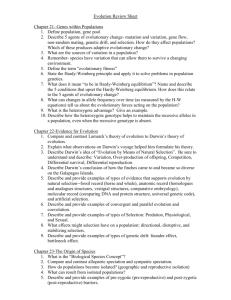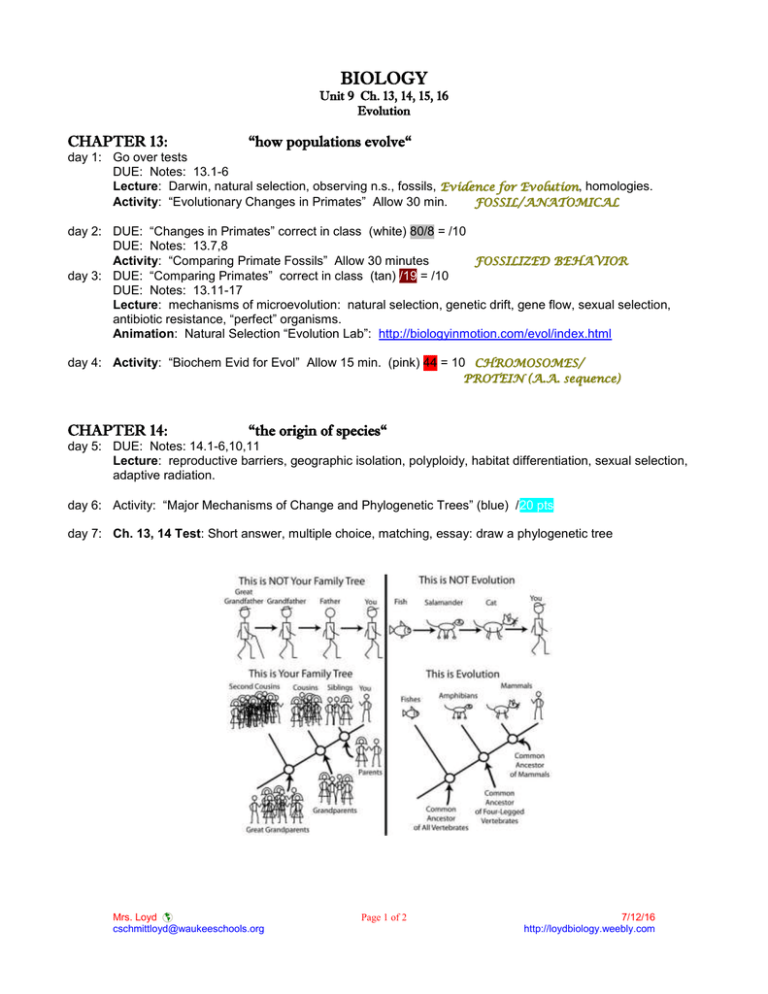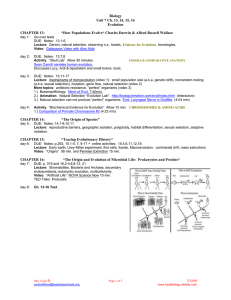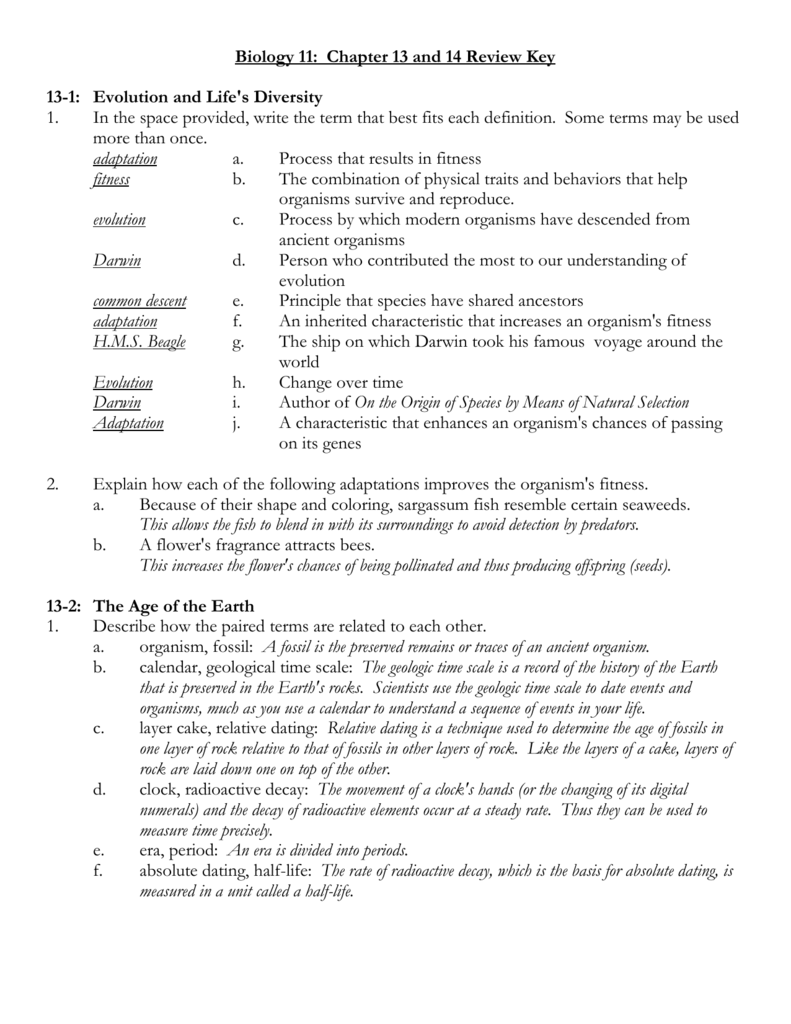How Populations Evolve Chapter 13 Answer Key
This is key to planning for everything from the funding of pension plans and health care systems to calculating the number of immigrants needed to replenish the workforce. The population pyramid in Figure 134 compares the age distribution of the aboriginal population of Canada in 2001 to projected figures for 2017.

Biology Chapter 13 How Populations Evolve
Populations produce more offspring than their environment can support.

. Refer to text to support responses. Mutation rates were higher in the past than they are now. The chain of alignment that began with the research problem description and continues on to the research purpose research questions and methodology must be respected at all times during dissertation development.
CC122B Ask and answer questions such as who what where when why and how to demonstrate understanding of key details in a text. Populations produce more offspring than their environment can support so individual organisms must compete for limited resources. The purpose statement should reflect the research questions and vice versa.
CC123B Ask and answer questions about the text and make inferences from text. Organisms vary in heritable ways. CC121B Ask and answer questions about key details in a text.

Biology Chapter 13 How Populations Evolve


No comments for "How Populations Evolve Chapter 13 Answer Key"
Post a Comment